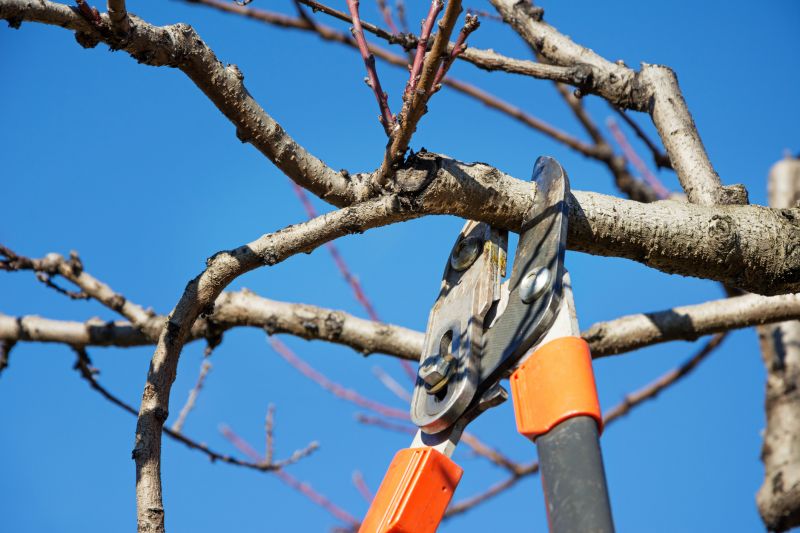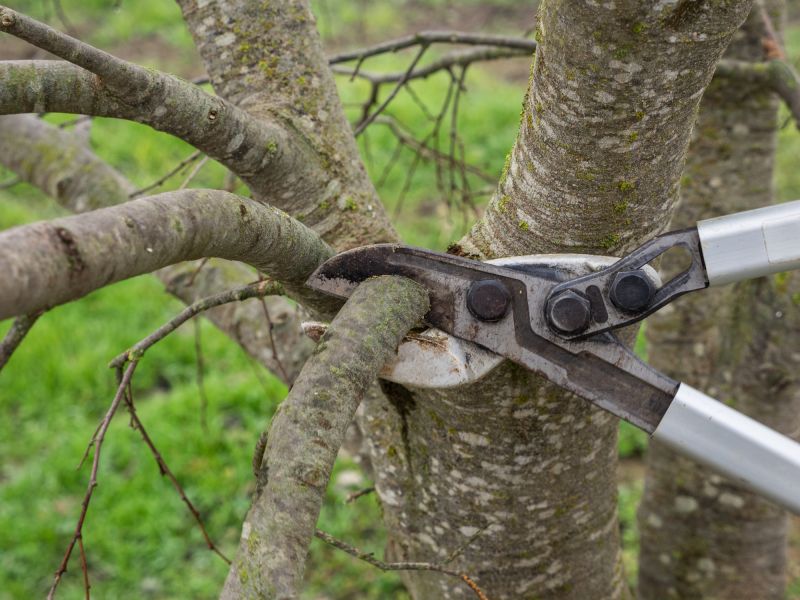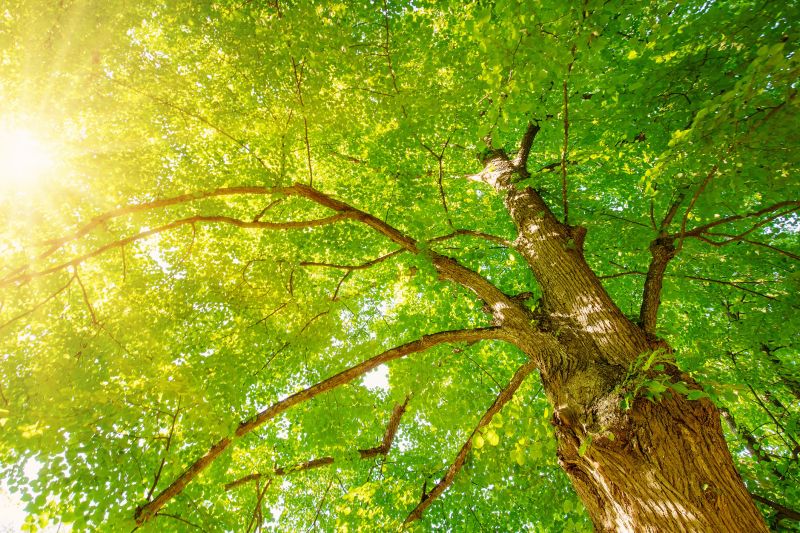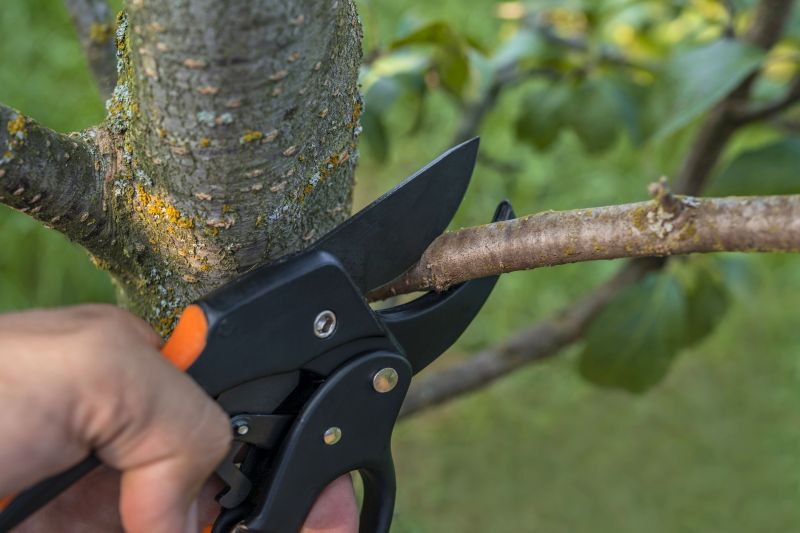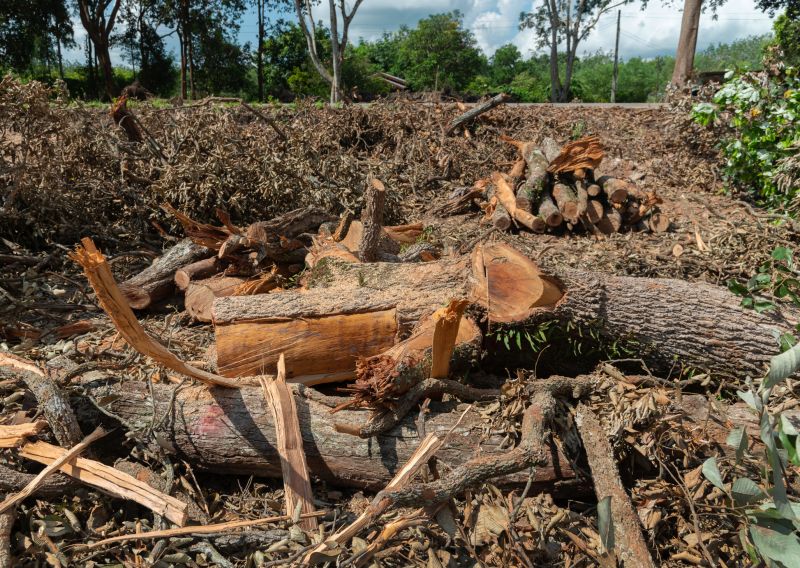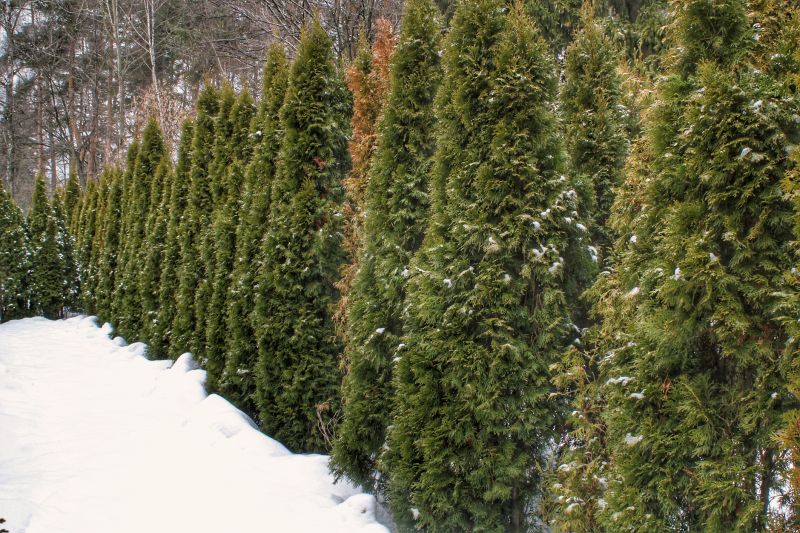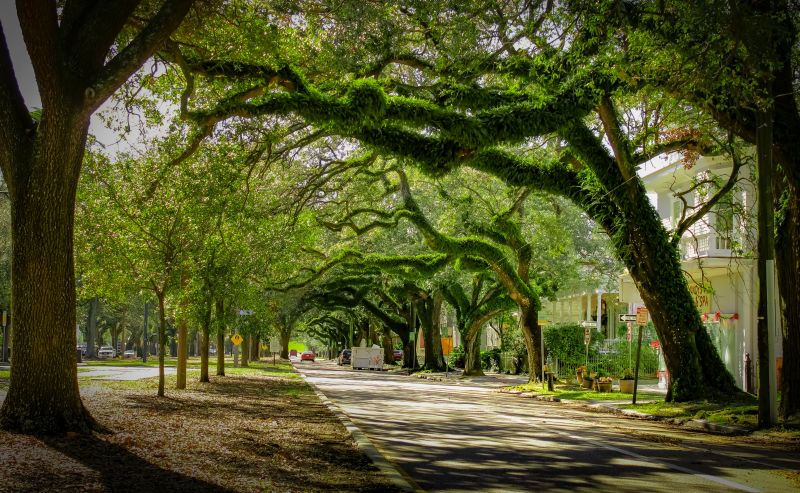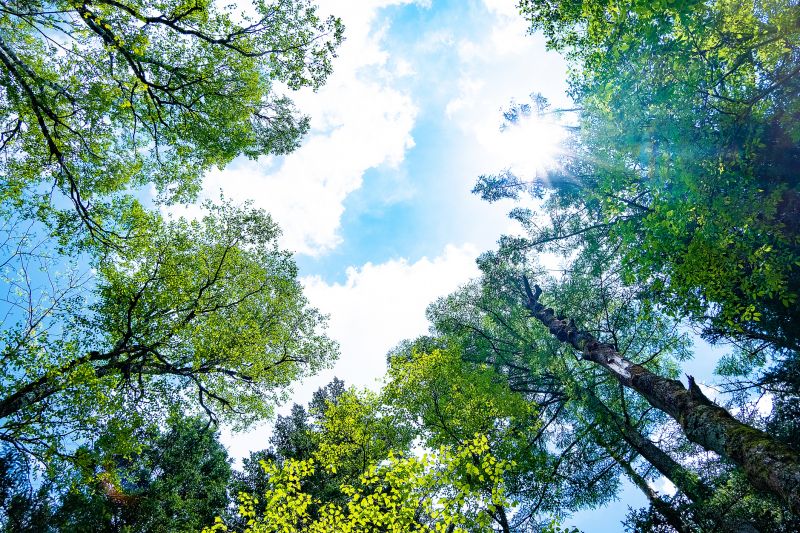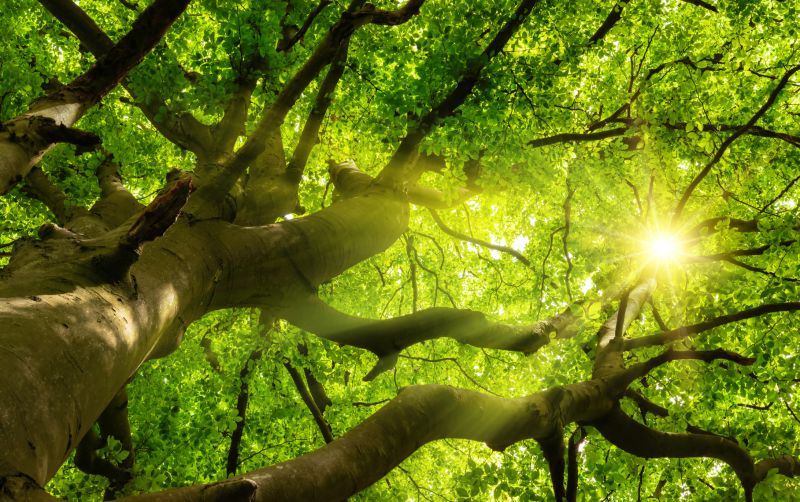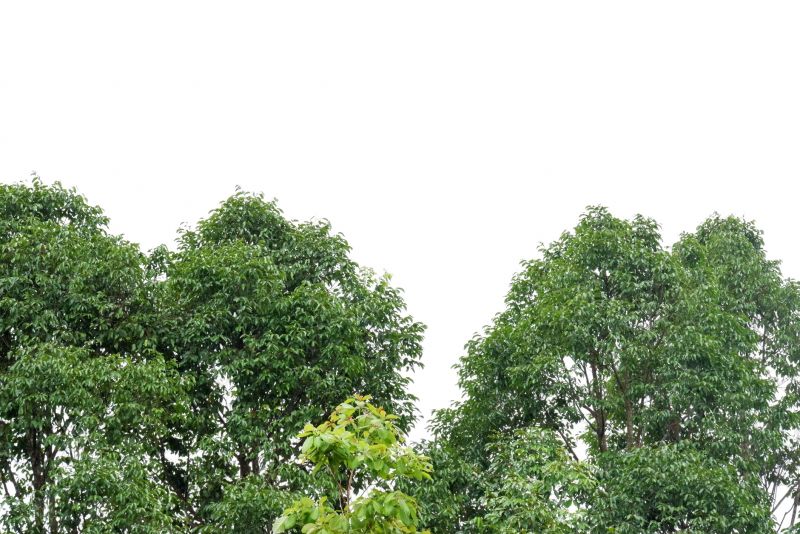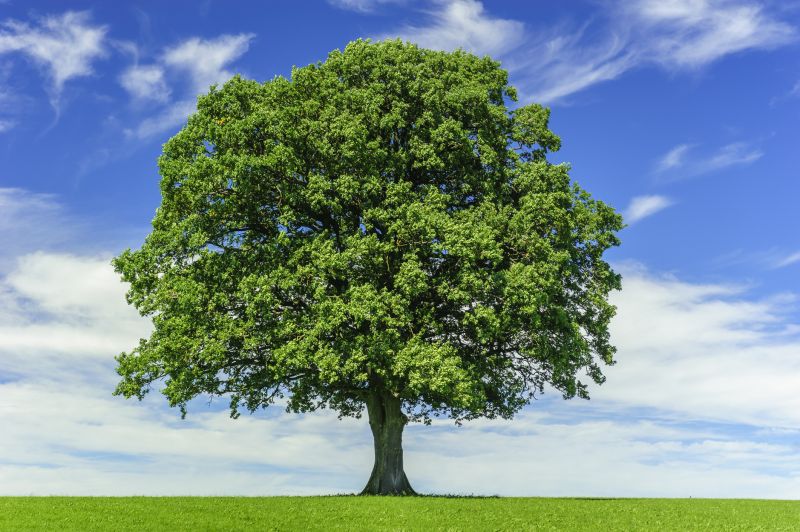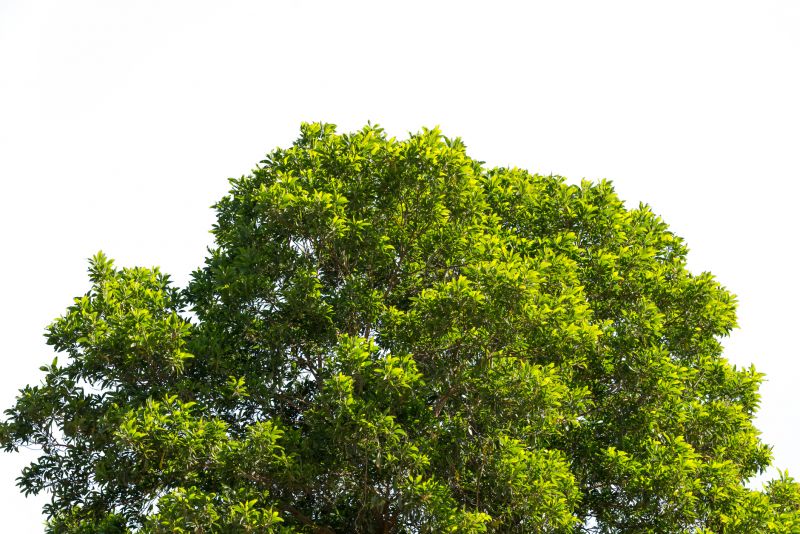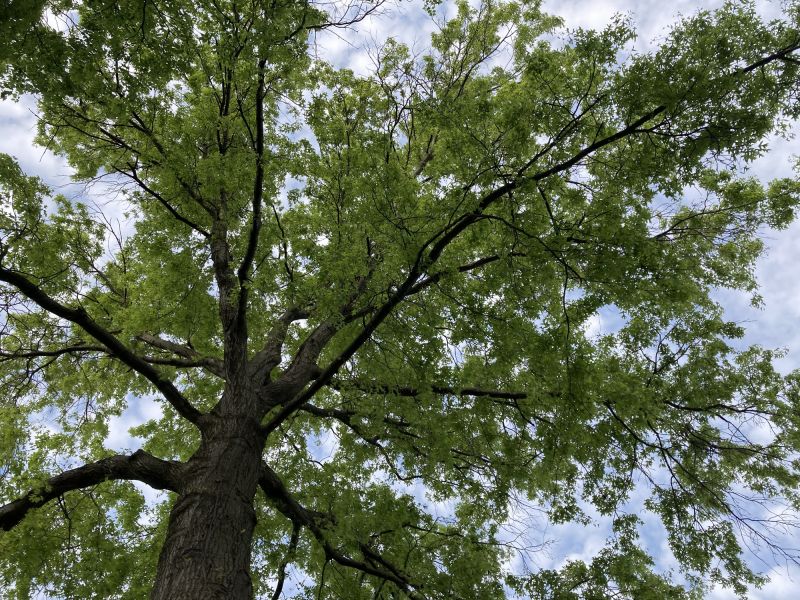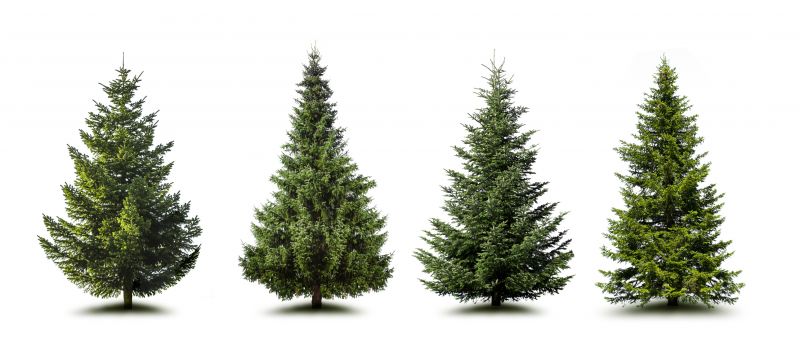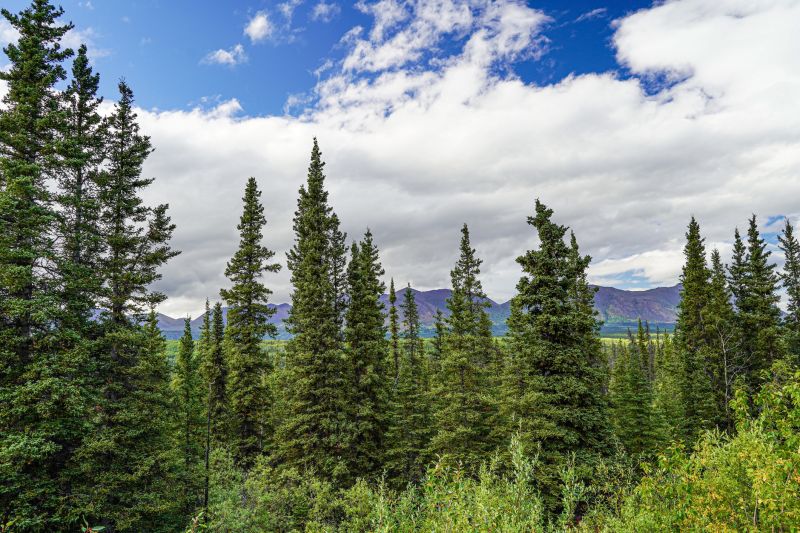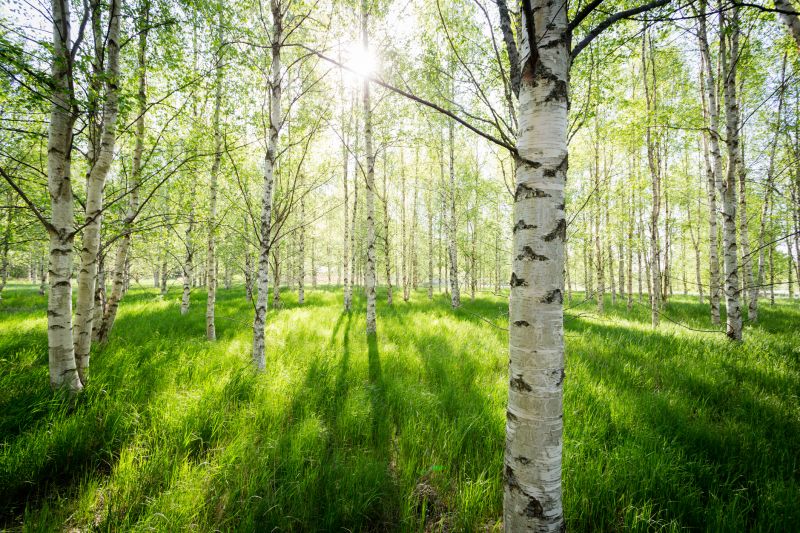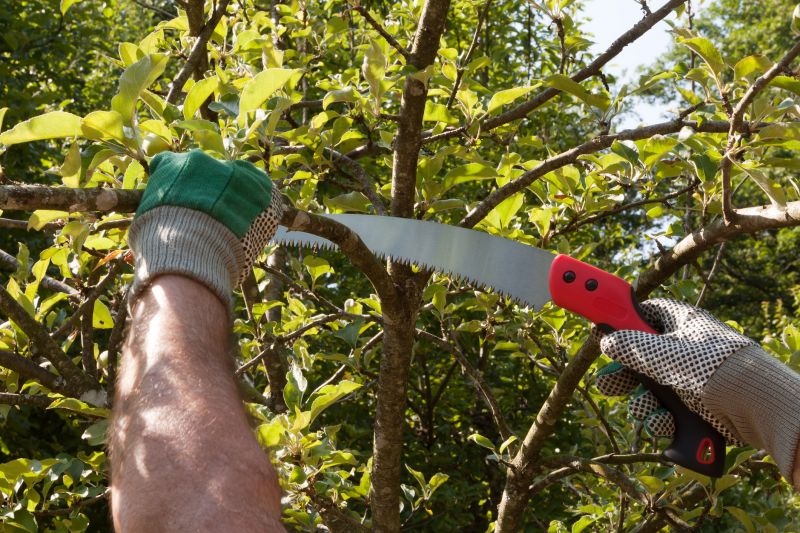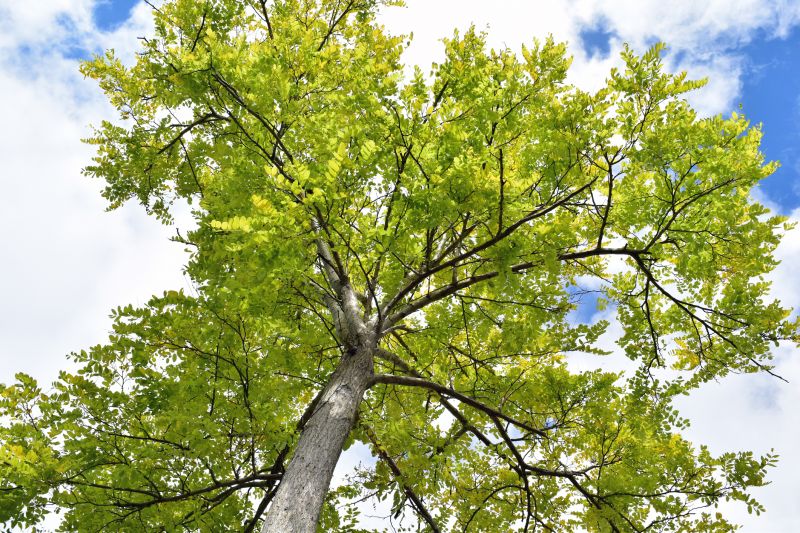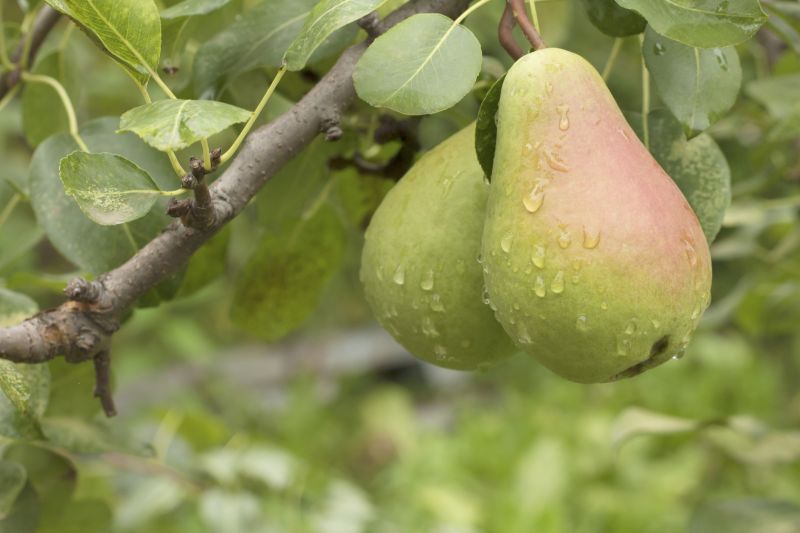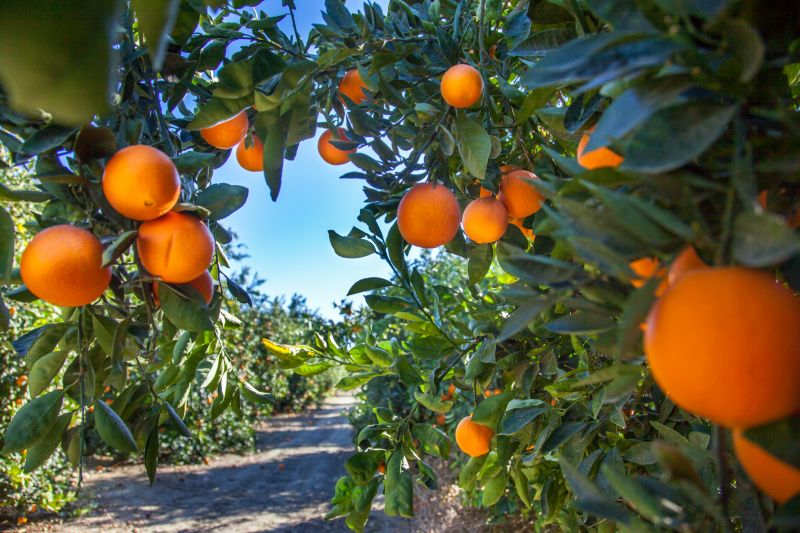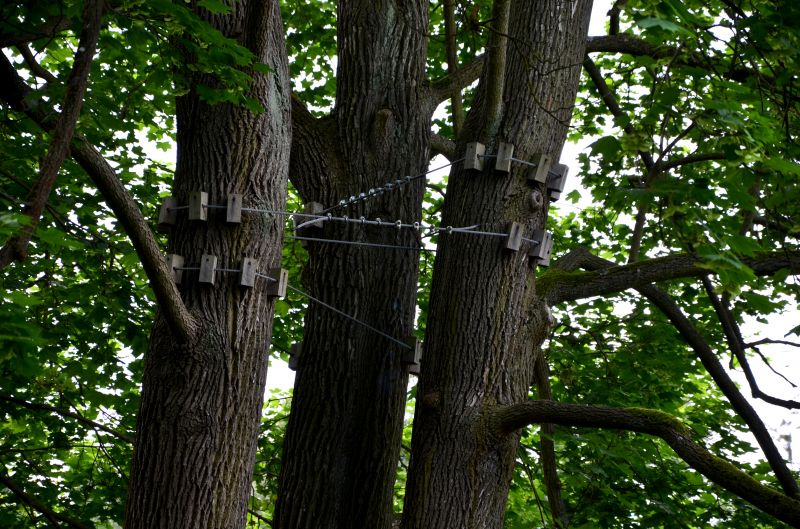
Tree Crown Storm Damage Prevention | How To
Get help with your tree crown storm damage prevention needs. Fill out the form above and we will connect you with local pros in your area. When it comes to safeguarding your trees from the devastating effects of storm damage, proactive measures are essential. Tree Crown Storm Damage Prevention involves implementing strategic techniques to protect the uppermost part of the tree, commonly known as the crown, from potential harm during storms. By employing various preventive methods, such as pruning, thinning, and bracing, Tree Crown Storm Damage Prevention aims to enhance the tree's structural integrity, reduce the risk of branch breakage, and minimize the likelihood of uprooting. These preventive measures ensure that your trees remain resilient and less susceptible to storm-related damage, preserving their health and longevity.
How to Prevent Tree Crown Storm Damage
Step 1: Inspect and Assess
Before taking any preventive measures, it's important to inspect your trees and assess their overall health and structural integrity. Look for signs of decay, weak branches, or any other potential issues that could make them susceptible to storm damage.
Step 2: Prune Regularly
Regular pruning is essential to maintain the health and strength of your trees. Remove any dead, damaged, or weak branches that could break and cause damage during a storm. Additionally, thinning the tree crown can reduce wind resistance and minimize the risk of uprooting.
Step 3: Install Support Systems
In areas prone to strong winds or storms, installing support systems like cables and braces can provide additional stability to the tree crown. Consult with a professional arborist to determine the appropriate support system for your specific tree species and conditions.
Step 4: Mulch and Fertilize
Proper mulching and fertilization can enhance the overall health and vigor of your trees, making them more resilient to storm damage. Apply a layer of organic mulch around the base of the tree, keeping it a few inches away from the trunk. Additionally, provide the necessary nutrients through regular fertilization.
Step 5: Monitor and Maintain
Regularly monitor your trees for any signs of stress, disease, or pest infestations. Addressing these issues promptly can prevent further damage and increase the tree's ability to withstand storms. Also, continue to maintain the tree by pruning, watering, and fertilizing as needed.
Step 6: Seek Professional Help
If you're unsure about any aspect of tree crown storm damage prevention or if you have large or complex trees, it's best to seek professional help. Consulting with a certified arborist can provide expert guidance and ensure the safety and well-being of your trees.
By following these steps, you can significantly reduce the risk of tree crown storm damage and protect the beauty and value of your trees for years to come.

